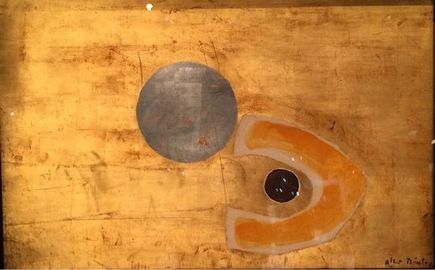
Amelia Lima
2014 APLD California
Chapter President
APLD is judging gardens at this year’s San Diego Spring Home/Garden Show and the San Francisco Flower and Garden Show.
Our judging criteria include design principles like unity, rhythm,and scale, and the ability to inspire homeowners towards a more sustainable residential design.
Sustainability is important criteria for our association. We expect that our award-winning gardens will use the opportunity to educate the general public about gardens that are in tune with the local water availability, use of adaptable flora, and use of local materials. Our judges will only award gardens that do not use invasive plant species, and as a guideline they are required to refer to the Plant Right’s list of invasive plants.
Ryan Prange, APLD received the APLD award in San Diego on February 28. Ryan created a beautiful garden with Corten steel steps, decomposed granite patio and paths, a bocce court, and a plant palate that consisted of many natives.
On March 19 APLD judges, from the Peninsula District, selected the garden ‘California Vintage’ created by Terra Ferma as the APLD winner among the garden displays at the San Francisco Flower and Garden Show. The display celebrated CA native plants, and the beauty of the natural and viticulture landscape.
APLD is also represented at the two above mentioned garden shows, plus the Dwell on Design Show in LA , offering garden consultations to the show visitors at all these venues. These efforts are helping to brand the APLD name as the professional association where homeowners should turn to when looking for a residential landscape designer or a garden coach. These volunteers are representing all of us and offering a face for our group in California.
I was also very fortunate to visit the Philadelphia Garden Show this Spring. Their flower show has an yearly theme, and all displays are expected to offer their interpretation of the theme. This year’s theme was art. Garden designers were encouraged to visit Art Museums, and select a picture to be interpreted. The show included small and large garden displays created by professionals and by students from local universities, different size flower arrangements, and bonsai specimens.
I was surprised that even there, where the climate is so different from California, I found myself being drawn to the displays with some educational component. The garden created by Temple University’s students concentrated on ground water pollution by contaminated runoffs. It was a compelling installation and merited the awards it received.
The most striking display in my opinion was the one created by a group from Monaco. It was an interpretation of a painting by Albert Diato. It was a simple and striking display. It had a very large silver bowl of water shaped like some of the Artist’s ceramic works, and was meant to acknowledge the Mediterranean Sea and the region’s extraordinary light. It had a rust color curved adobe wall representing the technic used in a region nearby in Afghanistan where the artist spent some time. It had a black burt log that served as a focal point at the end of a path among a sea of golden dried, golden ornamental grass flower heads.
It was a simple and striking display and an excellent reminder that gardens are beautiful when they accept the limitations imposed by their surrounding environment. I learned with that display that beauty is often found in the simplicity of elements and colors.
I love this time of the year,and I hope you will have the opportunity to be inspired by images that you will see this spring.
The California Chapter would also like to welcome Cynthia Tanyan as the Chapter Liaison and Coordinator for the San Francisco Flower and Garden Show.
Respectfully,
Amelia

Painting by Albert Diato mentioned above



















